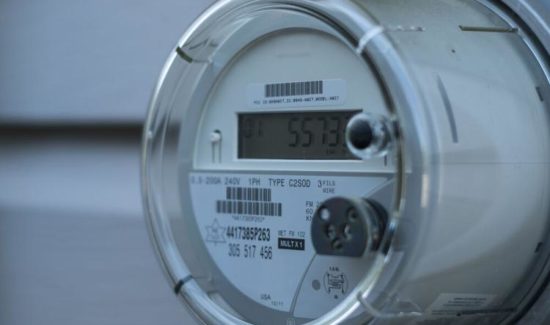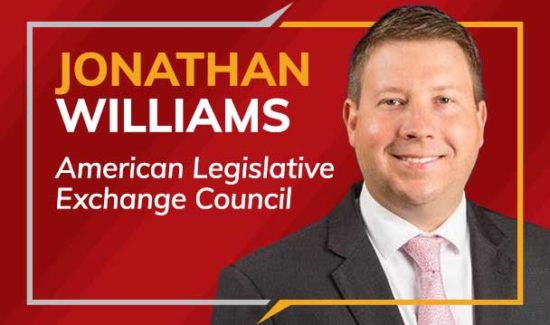Past Time for Pirates, Steelers, Penguins to Pay Their Own Pay

It turns out that Pittsburgh’s professional baseball park, football field and hockey arena are the kinds of gifts that just keep on taking from taxpayers and those days must end, concludes a new white paper by the Allegheny Institute for Public Policy.
“(T)axpayers have paid more than enough for these facilities,” says Eric Montarti, research director at the Pittsburgh think tank (in Policy Brief Vol. 20, No. 8). “It is past time for the teams to pay for all repairs and improvements.”
The story of these facilities is well known. PNC Park and Heinz Field were built for the Pirates and Steelers when a pol packed the board of the Regional Asset District (RAD) to raid the fund of tens of millions of dollars over three decades.
That end-around came after voters in 11 Southwestern Pennsylvania counties expressly rejected using tax dollars to build such facilities.
Later, what’s now known as PPG Paints Arena was built by diverting gambling tax proceeds. That, after the owner of the Pittsburgh Penguins threatened to move the franchise. (He later admitted it was a negotiating ploy.)
The facilities are owned by the Pittsburgh-Allegheny County Sports and Exhibition Authority (SEA). Thus, they are off the property tax rolls.
While the PNC Park and Heinz Field leases have a “statutory rent” requirement of $25 million per 10-year period, that can be reduced by applying credits to offset the payments. The hockey arena’s rent, $5.6 million in total, is used to pay debt service on two bond issues.
Capital repairs and improvements, funded primarily by ticket surcharges levied by the franchises (and facility-specific) are paid out of capital reserve funds.
But in yet another dive into taxpayer pockets, the SEA requested even more money from the RAD board. It sought $1.16 million annually in July 2018 for 2019 and was granted $800,000. The same amount was authorized for 2020 with the SEA likely continuing to receive that money each year.
And that’s never mind that, as the SEA reported, there remained millions of dollars (nearly $11 million total) in the respective facilities’ capital reserve funds.
Still, the SEA applied to RAD for even more taxpayer dollars because spending from the individual funds “outpaced deposits in recent years on the older facilities.”
That said, “One would think that the logical place to go for funding capital repairs and improvements would be to seek increases to rent or the amounts required for the capital reserve funds as the facilities age,” Montarti notes.
Of course, this $800,000 annual raid on RAD funds isn’t the only taxpayer exposure.
Do remember the long-term RAD commitment of $13.4 million annually (which still has another decade to go) for two of the sports facilities and the David L. Lawrence Convention Center, the new annual RAD grant of $800,000 and the loss of property taxes on the PNC, Heinz and PPG properties –(calculated at the current millage would be $29.8 million) – “amounts to an effective $44 million taxpayer subsidy each year,” Montarti says.
“That should have been considered when deliberating this new arrangement,” he adds.
“We have made the argument repeatedly – and we make it again today – that since the teams have benefited from sweetheart leases, are granted naming and advertising rights and taxpayer dollars went toward construction of these facilities, that the cost of capital repairs and improvements should have been factored into the lease agreements,” Montarti stresses.
“Instead, the request was made to the RAD board and that request was granted, thus adding more taxpayer dollars to the mix.”
Colin McNickle is communications and marketing director at the Allegheny Institute for Public Policy ([email protected]).





